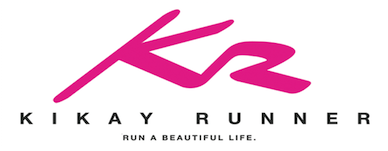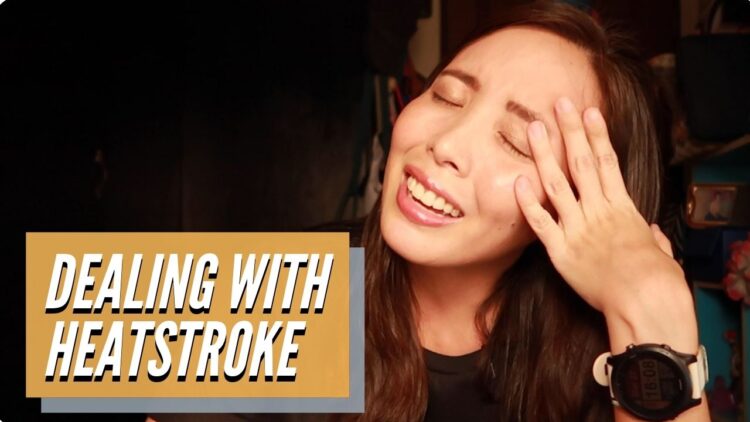When I first got back from Thailand I noticed the change in our weather from comfortable to hot and dry — but the evenings were still pleasantly cool. Two weeks later I’ve been waking up sweaty and hot. And last Tuesday, I got the beginnings of heatstroke.
I drove my dad for his driver’s license renewal, so while he was busy with that I stayed in the car and did some work. I was in a parking building so I thought it would be cool enough not to turn on the car airconditioning. Later in the day, I also drove the car in the midday sun to pick up a grocery order. Little did I know that I was setting myself up for disaster.
According to WebMD, the symptoms for heat exhaustion are:
- Confusion
- Dark-colored urine (a sign of dehydration)
- Dizziness
- Fainting
- Fatigue
- Headache
- Muscle or abdominal cramps
- Nausea, vomiting, or diarrhea
- Pale skin
- Profuse sweating
- Rapid heartbeat
Heat exhaustion is a milder form of heat-related illness, alongside heat syncope (fainting).
Heat stroke is the more alarming heat-related illness which can cause damage to brain, heart, kidneys, and muscles. It requires emergency treatment. Heat stroke symptoms are:
- A core body temperature higher than 40 degrees Celsius (104 degrees Fahrenheit)
- Fainting
- Throbbing headache
- Dizziness and light-headedness
- Lack of sweating despite the heat
- Red, hot, and dry skin
- Muscle weakness or cramps
- Nausea and vomiting
- Rapid heartbeat, which may be either strong or weak
- Rapid, shallow breathing
- Behavioral changes such as confusion, disorientation, or staggering
- Seizures
- Unconsciousness
These heat-related illnesses occur when the body fails to regulate core body temperature properly. They occur when you are exposed to high temperatures for a prolonged period of time (check) and aren’t hydrating well (check). I also didn’t get it while I was training.
Based on these symptom listings, I believe I had heat exhaustion. If left untreated, heat exhaustion can progress to heat stroke, but heat stroke can also occur even without the symptoms of heat exhaustion.
I experienced heat exhaustion around four years ago, so I kind of knew what to do. I changed into light and breathable clothing, switched on the air conditioning in my room, drank lots of water, and lay down. (What not to do: attempt to work while recovering from heat exhaustion!) Other things I should have done include taking a cold shower and applying cold compresses to my armpits, neck, groin, and back.
If you don’t have air conditioning, applying wet cloths on skin and fanning vigorously will also help to bring temperatures down. I know we’re trying to avoid enclosed indoor spaces lately, but in the Philippines sometimes going to a mall is the only way to stay cool during the hottest parts of the day. If the heat is too unbearable to stay home, make sure to stay safe and masked in the mall.
In any case, I’m here writing — so I was able to manage my heat-related illness properly. But it’s not over just yet: you are more likely to experience heat stroke again in the week after, so prevention is better than cure. In the days following my episode, I had to take care to stay cool, stay out of the sun, and avoid exerting myself in warm locations.
I sincerely do not wish the agony and confusion of heat exhaustion and heat stroke on anyone. I hope my experience can be a cautionary tale for you to avoid getting heat stroke especially during the Philippine summer.

